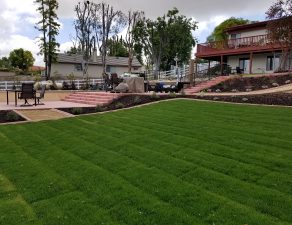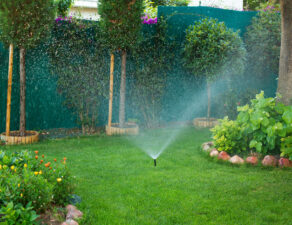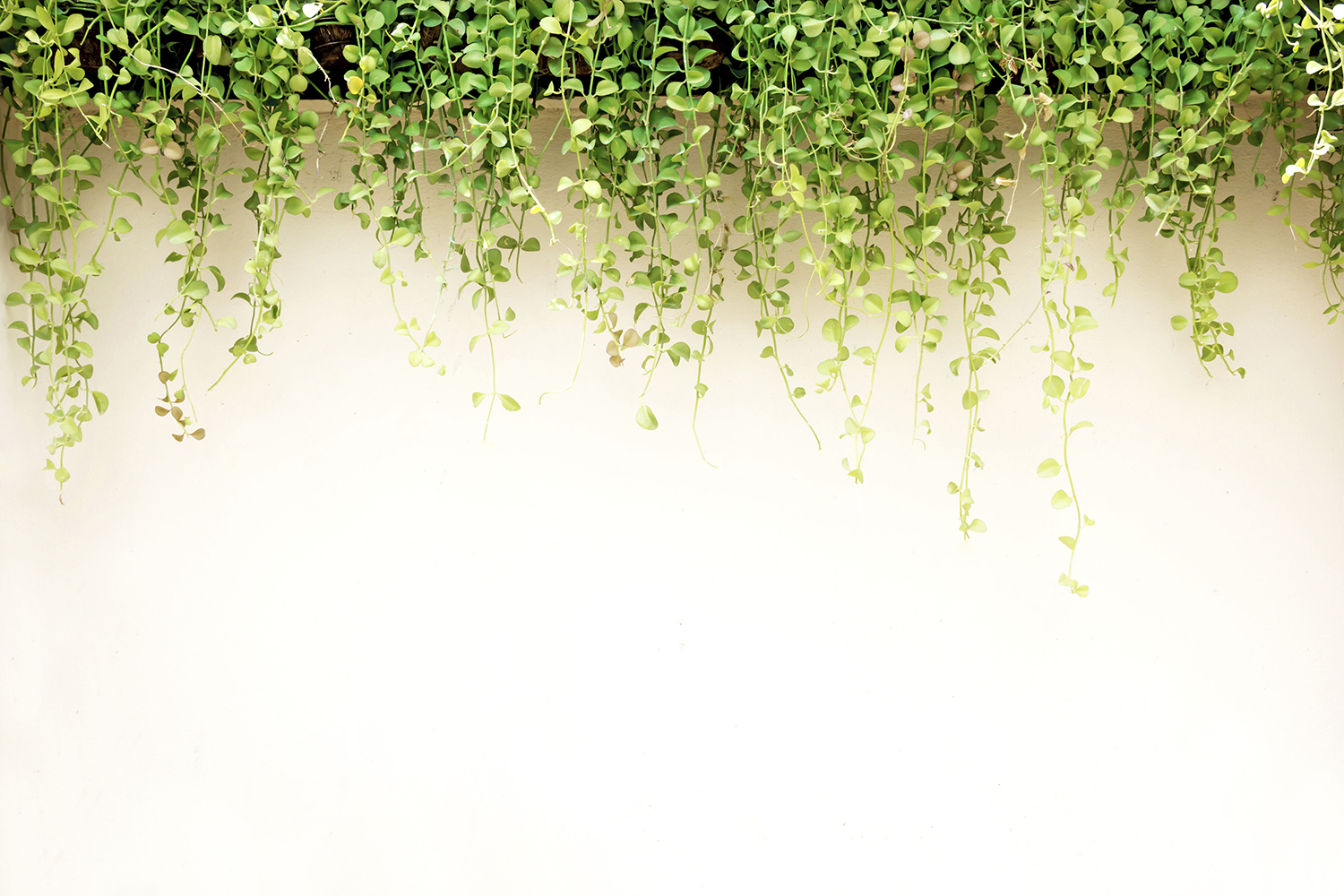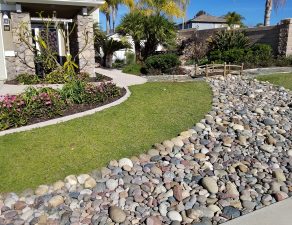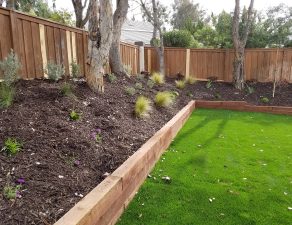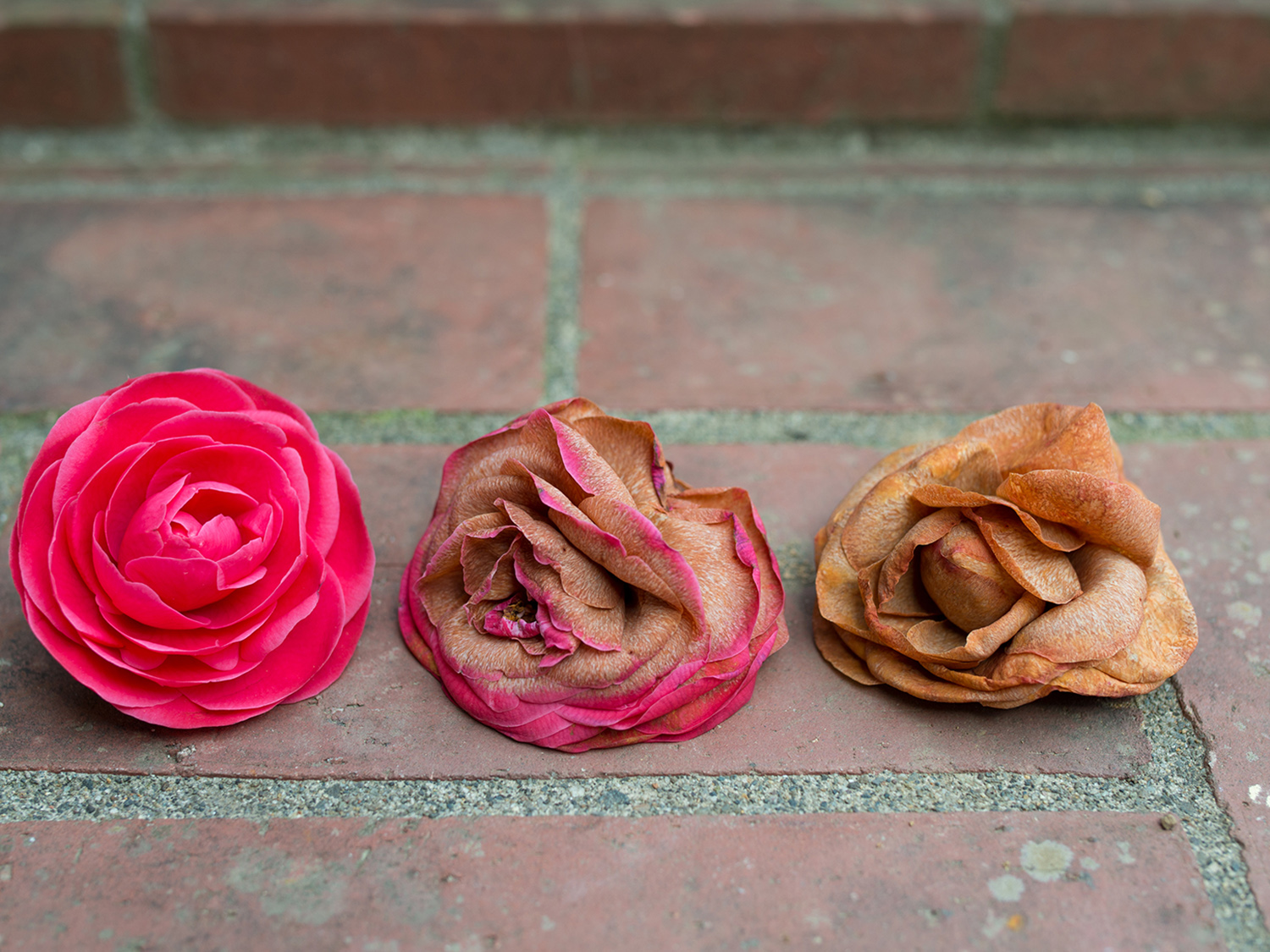
As spring arrives, you probably want to inspect your plants and begin making plans for your warm weather garden. If you notice something going wrong with your camellias at this time, it’s likely to be a fungal disease called camellia dieback.
The fungus G. cingulata infects camellias via pruning wounds, grafts, or leaf scars. After spending the winter undetected, the cankers on infected plants begin to ooze masses of spores (usually an orange-pink color). The spores spread via infected pruning tools or splashing water, and you might begin to notice signs of disease at this time.
What does camellia dieback look like? At first, diseased leaves turn dull and yellow, and then wilts and/or turns a reddish brown color. Shoots or branches begin to die, with dead leaves attached. Cankers form on the base of the dead shoots, or around old pruning wounds. Over time, disease shoots die (in about one to two years) until the entire plant has succumbed to the fungus.
What you can do. As with most diseases, an ounce of prevention is worth a pound of cure. Always clean your pruning tools with isopropyl alcohol or another disinfectant after use, so that you can avoid spreading disease from one plant to another. This could mean the difference between losing one or two plants, or losing a yard full of them.
When pruning camellias, make flush cuts so that they heal quickly. Wounds that are slow to heal are more prone to disease.
Also, routinely inspect camellias for signs of dieback. If you spot cankers on the root collar or main trunk, remove the entire plant and discard it. If the camellia is showing only mild symptoms of the disease you might be able to save it by carefully removing cankers on green wood.
You can apply a fungicide to plants that show only minor symptoms of dieback, but seriously diseased camellias usually cannot be saved. Follow the instructions on the container precisely.
If you have questions about your landscape, or need to replace lost plants with hardy varieties, give us a call. We can help you evaluate your situation and make recommendations for landscaping options that suit your needs and preferences.

